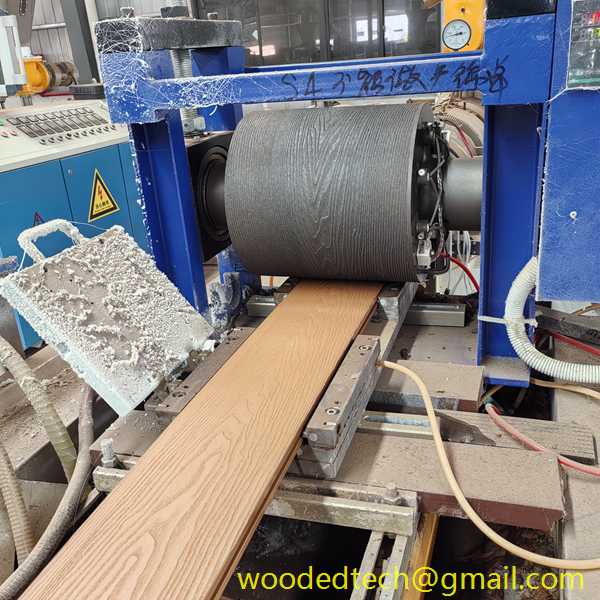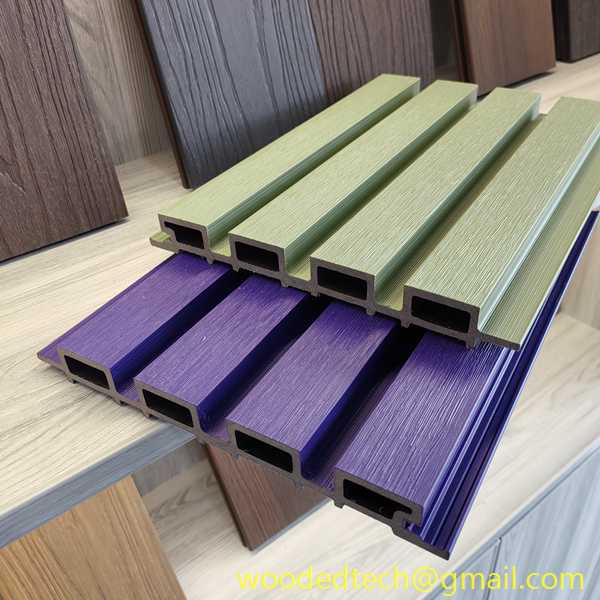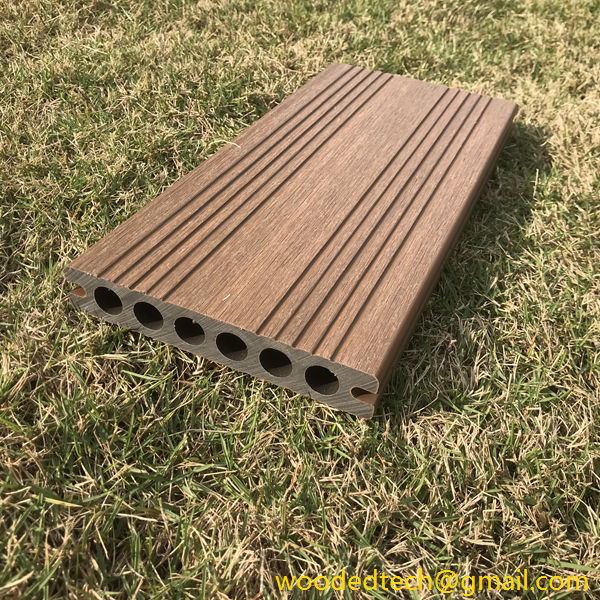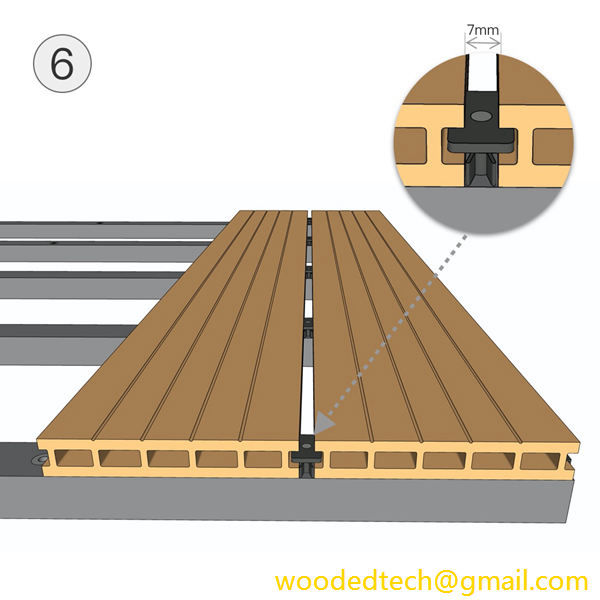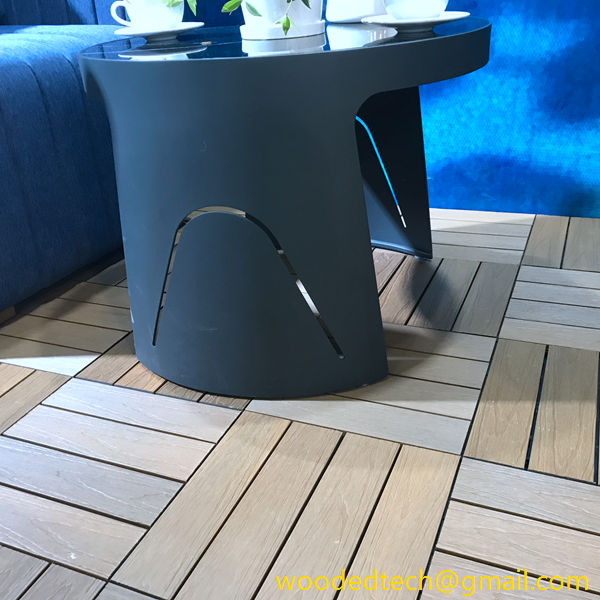WPC wall panels, or wood-plastic composite wall panels, have gained significant popularity in recent years due to their unique blend of aesthetics, durability, and environmental sustainability. As the global market for these materials continues to expand, understanding the distribution of production capacity and the implications of price advantages becomes essential for both manufacturers and consumers.
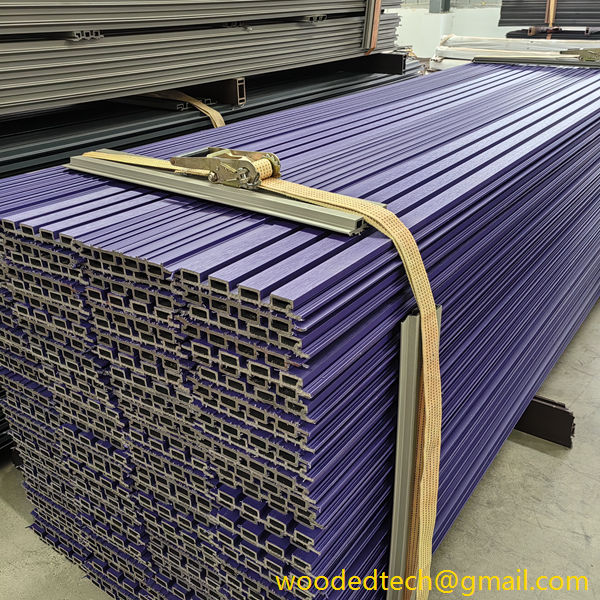
The global production capacity of WPC wall panels is influenced by several key factors, including the availability of raw materials, technological advancements, and regional demand. Different regions exhibit varying levels of production capabilities, largely driven by the local availability of wood fibers and plastic materials. For instance, countries rich in forestry resources, such as the United States, Canada, and several European nations, have established robust manufacturing facilities. These countries not only possess the necessary raw materials but have also invested significantly in technology to optimize production processes.
In contrast, regions with less access to natural resources may rely on imports or alternative materials. For example, some Asian countries have become major players in the WPC market by leveraging their manufacturing capabilities and lower labor costs. This has resulted in a significant shift in the global supply chain, with many manufacturers relocating to these regions to capitalize on the cost advantages. As a result, consumers can benefit from a broader range of price points and product options.
The price advantage of WPC wall panels is a critical factor that influences purchasing decisions. Compared to traditional materials like solid wood or metal, WPC offers a more affordable alternative without compromising on quality. This is particularly appealing in markets where cost-efficiency is paramount. The ability to produce WPC panels at lower prices has allowed manufacturers to pass on savings to consumers, making these products accessible to a wider audience.
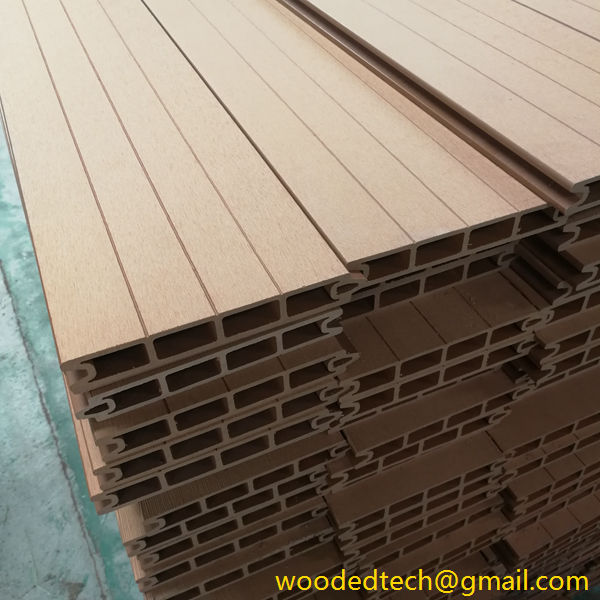
Moreover, the durability and low maintenance requirements of WPC wall panels contribute to their long-term cost-effectiveness. Unlike wood, which may require regular treatment and can be susceptible to rot and pests, WPC is designed to withstand various environmental conditions. This resilience not only enhances the lifespan of the panels but also reduces long-term maintenance costs, further solidifying their appeal in both residential and commercial applications.
As consumers increasingly prioritize sustainable options, the environmental benefits of WPC wall panels cannot be overlooked. These panels are often made from recycled materials, which helps reduce waste and minimizes the carbon footprint associated with new material production. By choosing WPC products, consumers contribute to a more sustainable future while enjoying the aesthetic advantages of wood-like finishes.
Design versatility is another critical aspect of WPC wall panels that enhances their marketability. With a wide range of colors, textures, and finishes available, consumers can easily find options that align with their design preferences. This versatility allows for creative expression in various architectural styles, whether for modern homes, commercial buildings, or outdoor spaces. The ability to customize designs according to specific needs further adds to the appeal of WPC panels, making them a preferred choice among architects and designers.
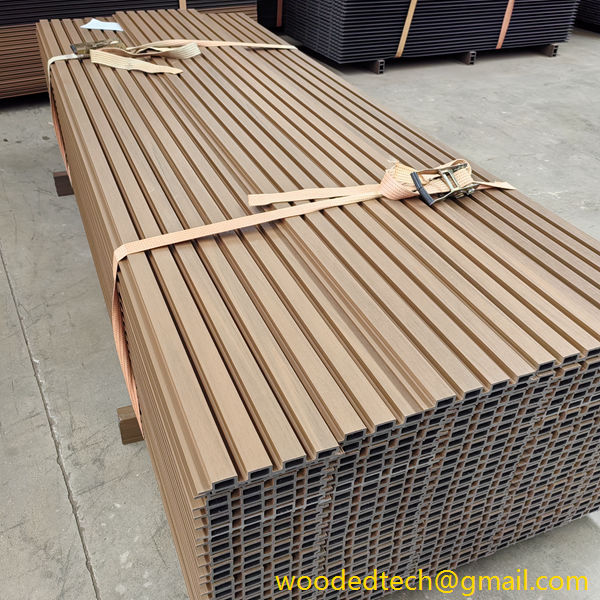 In addition to residential applications, WPC wall panels are increasingly being used in commercial settings. Their ability to resist moisture, UV rays, and wear makes them suitable for high-traffic areas, such as retail environments, offices, and hospitality venues. As businesses seek low-maintenance yet visually appealing materials, the demand for WPC wall panels in commercial applications continues to grow.
In addition to residential applications, WPC wall panels are increasingly being used in commercial settings. Their ability to resist moisture, UV rays, and wear makes them suitable for high-traffic areas, such as retail environments, offices, and hospitality venues. As businesses seek low-maintenance yet visually appealing materials, the demand for WPC wall panels in commercial applications continues to grow.
Looking ahead, the global market for WPC wall panels is poised for further growth, driven by advancements in technology and increased consumer awareness of sustainable building materials. Manufacturers are expected to invest in research and development to improve the performance and aesthetics of WPC products, ensuring they remain competitive in the market. Additionally, as environmental regulations become stricter, the demand for eco-friendly materials like WPC is likely to rise.
In conclusion, the global distribution of production capacity and the price advantages of WPC wall panels play a pivotal role in shaping their market dynamics. By offering a cost-effective, durable, and environmentally friendly alternative to traditional materials, WPC wall panels are well positioned to meet the evolving needs of consumers and businesses alike. Their design versatility and sustainable attributes make them an attractive option for a wide range of applications, ensuring their continued relevance in the construction and design industries. As the market evolves, it will be fascinating to see how innovation and sustainability intersect to drive the future of WPC wall panels.

